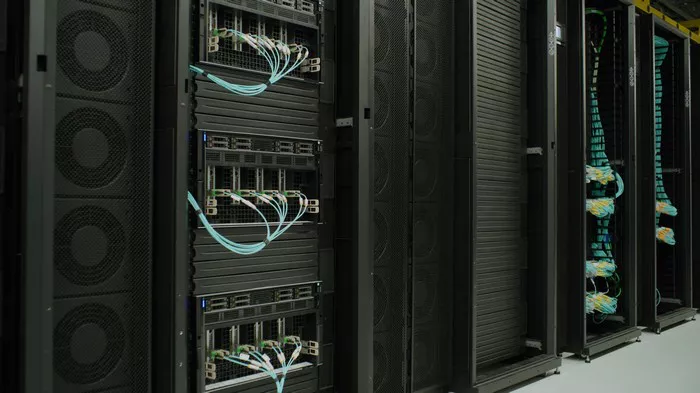In a major shift that reflects the growing convergence of artificial intelligence and scientific computing, the U.S. Department of Energy has announced plans for a next-generation supercomputer to be installed at Lawrence Berkeley National Laboratory by 2026.
The new system, developed in partnership with Dell Technologies and powered by Nvidia hardware, will be named after Nobel laureate Jennifer Doudna, a biochemist at the University of California, Berkeley. It is expected to deliver over ten times the performance of the lab’s current leading system.
“This machine represents a new chapter in scientific research,” said Jonathan Carter, associate laboratory director for computing sciences at the Berkeley lab. “It could become the Department of Energy’s primary resource for AI training and advanced simulations.”
The selection of Dell and Nvidia signals a notable departure from the Energy Department’s previous reliance on Hewlett Packard Enterprise (HPE) for its top supercomputing projects. Dell, while a dominant force in commercial AI systems, has until now played a smaller role in high-end government computing contracts.
“HPE has been sweeping the DOE space,” said Addison Snell, CEO of Intersect360 Research, a firm tracking the supercomputing industry. “This is a big win for Dell.”
Supercomputers, which can fill entire rooms, have long symbolized national strength in technological innovation. Historically used for tasks such as nuclear simulations and cryptography, their scope has widened dramatically with the rise of AI.
The Doudna system’s architecture marks a technological pivot. It will combine Nvidia’s graphics processing units (GPUs)—key to AI workloads—with general-purpose processors based on Arm technology. This differs from the traditional use of Intel and AMD chips in most government machines.
Berkeley’s current system, Perlmutter, also uses Nvidia GPUs. Its successor, Doudna, will feature an advanced platform named Rubin, coupled with Nvidia’s Arm-based processors, enabling more flexible performance across a wide range of tasks.
The lab serves over 11,000 researchers, whose needs are evolving. In addition to classic simulations such as fusion reactor modeling, users are increasingly applying AI to simulate real-world phenomena like geothermal heat transfer. “Our users are pushing the boundaries of both simulation and AI,” said Carter.
The Energy Department has not yet disclosed the price of the Doudna system. Its previous exascale computing investments, including the $600 million El Capitan at Lawrence Livermore National Laboratory, were part of a broader $1.8 billion initiative launched under previous administrations. A similar funding roadmap for the Doudna system has not been outlined.
Still, Energy Secretary Chris Wright has likened the development of AI to the urgency of the Manhattan Project. In prepared remarks for the unveiling event in Berkeley, he called the new supercomputer “a key tool for winning the global AI race.”
Doudna’s hybrid computing capability—combining 64-bit precision used in scientific work with 16-bit and 8-bit formats common in commercial AI—will allow researchers to tackle complex problems more efficiently. This mix of high-speed, lower-precision AI and traditional high-precision computing opens the door for a wider range of scientific breakthroughs, according to Nvidia’s Dion Harris.
Nvidia’s software ecosystem, especially its AI tools for modeling quantum computers and other frontier technologies, was another major draw for Berkeley. Dell executives said the bidding process allowed them to develop systems with broader commercial potential, departing from the bespoke supercomputers typically built for specific labs.
“This market had shifted into some form of autopilot,” said Paul Perez, senior vice president and technology fellow at Dell. “What we did was disengage the autopilot.”
The Doudna supercomputer marks not only a leap in computational power, but also a strategic realignment—bridging the once-separate domains of scientific research and artificial intelligence into a unified, cutting-edge platform.
Related topics:

